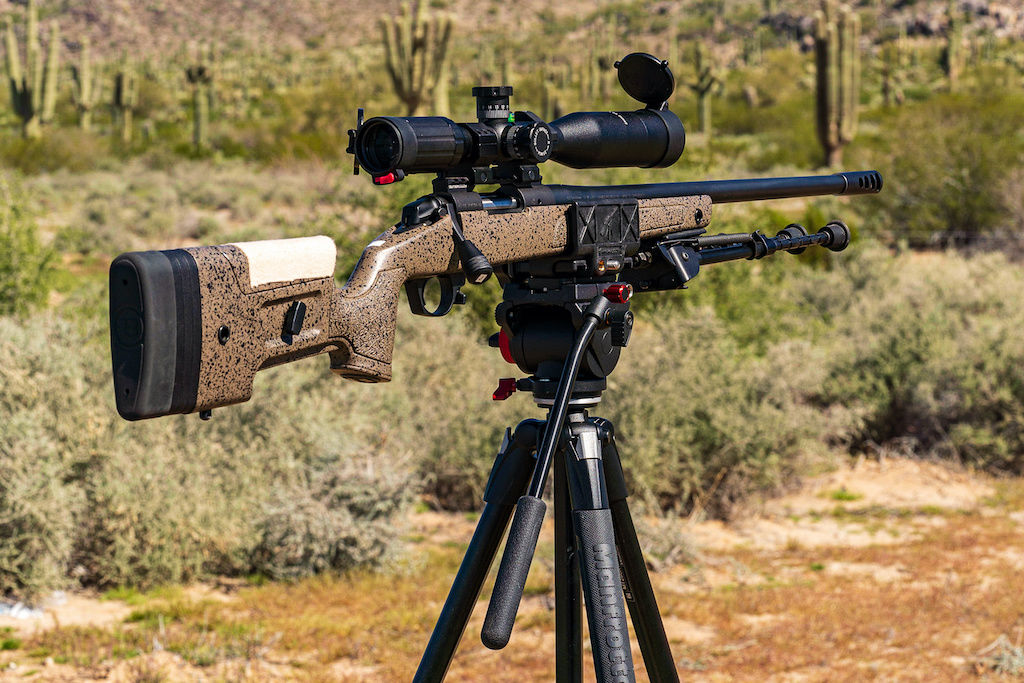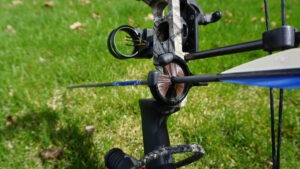Fly fishing is a beloved pastime for many fishing enthusiasts. It combines the thrill of angling with the art of casting and presenting flies. To truly enjoy this experience, it is important to have the right tools at your disposal. One of the most crucial components of a successful fly fishing expedition is a well-equipped fly fishing flies kit.
Understanding Fly Fishing Flies
Before we delve into the intricacies of fly fishing flies kits, it is important to understand the significance of choosing the right fly. Unlike traditional fishing, fly fishing relies on lightweight artificial flies made from various materials. These flies are designed to imitate the natural food sources of the fish, such as insects or baitfish. The type of fly you choose can greatly impact your chances of success on the water.
When it comes to fly fishing, the art of deception is key. The goal is to present the fish with a fly that looks so convincing, they can’t resist taking a bite. This requires a deep understanding of the fish’s feeding habits and the insects or baitfish that they typically prey upon. By carefully observing the water and the behavior of the fish, anglers can gain valuable insights into what the fish are feeding on at any given moment.
The Importance of Choosing the Right Fly
Matching the hatch is a fundamental concept in fly fishing. It involves selecting a fly that closely resembles the insects or baitfish present in the water. The goal is to fool the fish into thinking that the fly is a real food source, enticing them to strike. Using the wrong fly can lead to disappointment and frustration.
Imagine standing knee-deep in a crystal-clear river, surrounded by the soothing sounds of nature. You carefully observe the water’s surface, noticing tiny insects dancing on the surface tension. The fish are rising, their mouths breaking the surface as they feast on the abundant insect buffet. In this moment, choosing the right fly becomes crucial. You reach into your fly box, carefully selecting a delicate dry fly that perfectly imitates the size, shape, and color of the insects you see. With a gentle flick of your wrist, the fly lands softly on the water, creating a ripple that mimics the natural movement of the insects. You hold your breath, waiting for the fish to strike.
Different Types of Fly Fishing Flies
There are various types of fly fishing flies to choose from, each with its own purpose and design. Dry flies are designed to float on top of the water and imitate adult insects. Nymphs are subsurface flies that imitate the immature or larval stage of aquatic insects. Streamers mimic small fish or baitfish, enticing predatory species to strike. Understanding the different types of flies and when to use them is crucial for success on the water.
Let’s take a closer look at dry flies. These delicate creations are designed to imitate adult insects that have landed on the water’s surface. They are typically made with materials that allow them to float effortlessly, imitating the natural behavior of insects. Anglers often use dry flies during hatch periods when insects are actively emerging from the water. The sight of a fish rising to take a dry fly is a thrilling experience that every fly angler hopes to witness.
On the other hand, nymphs are designed to imitate the underwater stages of insects. These flies are weighted to sink below the surface and are often fished using specialized techniques such as nymphing or Euro nymphing. Nymphing allows anglers to present the fly at different depths, mimicking the natural movement of the insects. This method can be highly effective, especially when fish are feeding below the surface.
Lastly, we have streamers. These flies are larger and more robust, designed to imitate small fish or baitfish. Streamer fishing is an active and dynamic style of fly fishing, involving casting and retrieving the fly to mimic the movement of a fleeing prey. This technique is particularly effective for targeting predatory species such as trout, bass, or pike. The explosive strikes that often accompany streamer fishing make it a thrilling and adrenaline-pumping experience.
As you can see, fly fishing flies come in various shapes, sizes, and designs, each serving a specific purpose. Whether you’re casting a delicate dry fly to rising trout or stripping a streamer through a deep pool, the right fly can make all the difference. So next time you’re out on the water, take a moment to carefully select the fly that best matches the fish’s preferred food source. Your efforts will be rewarded with unforgettable moments and the thrill of a successful catch.
Components of a Fly Fishing Flies Kit
A well-rounded fly fishing flies kit should contain all the essential items needed for a successful fishing trip. Let’s explore the crucial components that make up a comprehensive kit.
When it comes to fly fishing, having the right equipment is essential. A fly fishing flies kit is no exception. It is important to have a diverse selection of flies that can imitate a range of food sources. This includes dry flies, nymphs, and streamers in various sizes and colors. Each type of fly is designed to mimic a specific insect or baitfish, increasing your chances of fooling the fish into biting.
However, the flies themselves are just the beginning. A good kit should also include leaders and tippets. These are used to connect the fly to the fishing line and play a crucial role in the presentation of the fly. Leaders are typically tapered pieces of monofilament or fluorocarbon line that help transfer energy from the line to the fly, allowing for more accurate casts. Tippets, on the other hand, are thinner pieces of line that are attached to the end of the leader. They serve as the final connection between the fly and the leader, ensuring a stealthy presentation.
Additional Accessories for a More Effective Kit
While the flies are the heart of a fly fishing flies kit, there are several additional accessories that can enhance your fishing experience. These may include a fly box to organize and store your flies, fly floatant to keep your dry flies buoyant, strike indicators to detect subtle bites, and forceps or hemostats for easy hook removal.
A fly box is an essential accessory for any fly angler. It allows you to keep your flies organized and easily accessible while on the water. With compartments and slots specifically designed to hold different types and sizes of flies, a fly box ensures that you can quickly find the right fly for the current fishing conditions.
Fly floatant is another useful accessory to have in your kit. It is applied to dry flies to help them stay on the surface of the water, imitating an insect that has fallen or is resting on the surface. This can be especially effective when fishing for trout or other fish that feed on insects floating on the water’s surface.
Strike indicators are small, buoyant devices that are attached to the leader above the fly. They serve as visual cues, indicating when a fish has taken the fly. By watching the strike indicator closely, anglers can detect even the most subtle bites and set the hook at the right moment.
Lastly, forceps or hemostats are handy tools for removing hooks from a fish’s mouth. They provide a secure grip on the hook, making it easier to remove without causing harm to the fish or yourself. These tools are particularly useful when dealing with fish that have sharp teeth or strong jaws.
By including these additional accessories in your fly fishing flies kit, you can make your fishing journey more enjoyable and productive. Whether you’re a beginner or an experienced angler, having the right tools at your disposal can greatly enhance your chances of success on the water.
Top Fly Fishing Flies Kits on the Market
Now that we have explored the importance of a well-equipped fly fishing flies kit, let’s take a closer look at some of the top kits available on the market. When choosing a kit, there are certain features that you should consider.
Features to Look for in a Top-Quality Kit
When selecting a fly fishing flies kit, it is important to look for quality and versatility. A good kit should include a wide range of flies suitable for various fishing conditions and target species. It should also come with durable and reliable accessories that can withstand the demands of fly fishing. Additionally, consider the overall value for money and the reputation of the brand.
Reviewing the Best Fly Fishing Flies Kits
There are several top-quality fly fishing flies kits available on the market that meet these criteria. These kits are carefully curated to provide anglers with a comprehensive selection of flies and accessories. Some popular options include the XYZ Fly Fishing Flies Kit, the ABC Deluxe Fly Fishing Flies Kit, and the 123 Ultimate Fly Fishing Flies Kit. Each of these kits has its own strengths and can cater to the needs of different anglers.
Maintaining Your Fly Fishing Flies Kit
Now that you have invested in a high-quality fly fishing flies kit, it is important to properly maintain it. Taking care of your equipment ensures its longevity and optimal performance.
Proper Cleaning and Storage of Your Kit
After each fishing trip, it is crucial to clean your flies and accessories. Rinse them with fresh water to remove any dirt or debris. Allow them to dry thoroughly before storing them in a fly box to prevent rust or damage. Additionally, regularly inspect and clean your leaders and tippets to ensure they are in good condition.
Regular Checks and Replacements for Your Kit
Over time, flies can become worn out or damaged. It is important to regularly check your flies for signs of wear and tear, such as frayed feathers or broken hooks. Replace any flies that are no longer in optimal condition to maintain the effectiveness of your kit. Similarly, inspect your accessories for any damage and replace them as needed.
Tips for Using Your Fly Fishing Flies Kit
Now that you have a comprehensive understanding of fly fishing flies kits, let’s explore some tips on how to make the most of your kit and improve your fly fishing skills.
Mastering the Art of Fly Fishing with the Right Kit
While having a well-equipped kit is important, it is equally crucial to master the art of fly fishing. Take the time to practice your casting and presentation techniques. Observe the behavior of the fish and adapt your approach accordingly. Patience and perseverance are key when it comes to fly fishing.
Common Mistakes to Avoid When Using Your Kit
When using your fly fishing flies kit, there are some common mistakes that beginners often make. One such mistake is using the wrong fly for the given conditions. Remember to consider the water temperature, weather, and the insects or baitfish present in the water. Additionally, avoid using excessive force when casting or retrieving, as this can spook the fish.
With the right fly fishing flies kit and the knowledge to use it effectively, you can embark on an exciting and rewarding fly fishing adventure. Whether you are casting for trout in a peaceful river or seeking the thrill of landing a saltwater trophy, a comprehensive kit will greatly enhance your chances of success. So gather your gear, tie on the perfect fly, and immerse yourself in the beauty and tranquility of fly fishing.


